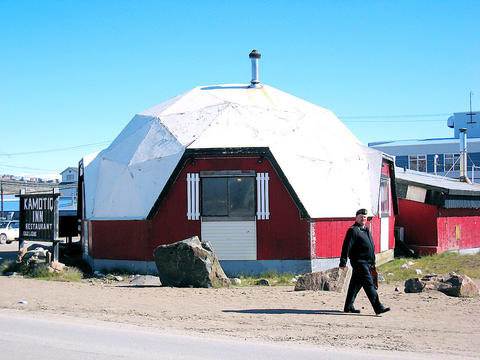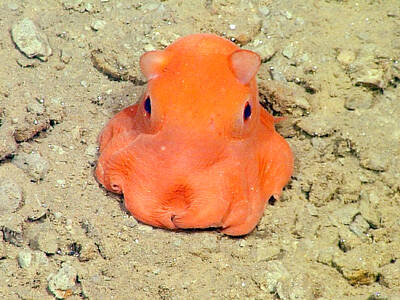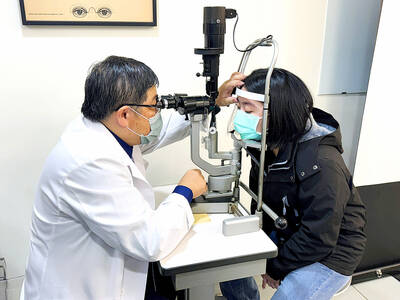The last igloo in Canada's far north, which housed a family restaurant for 27 years, is set to be demolished to make room for offices, amid a flurry of economic activity in the remote Arctic.
The Kamotiq Inn restaurant is to be replaced in the coming months by a 4,645m2 office building.
The eatery at the main "Four Corners" intersection of Iqaluit, inspired by the igloo shape and just 200km south of the Arctic Circle, is the only extant example of modern igloo architecture in the North.

PHOTO: AFP
It was actually built in 1980 by two schoolteachers with the help of local townsfolk out of normal building materials. The couple was fascinated by the "igloo shape," said Suzie Michael, a former student who pitched in, hammering nails and painting the exterior.
"When I was growing up, I lived in (snow) igloos and it reminds me of that life," said her father, Inuit elder Simonie Michael.
He has eaten here almost every day since it opened, enjoying "the warm hospitality, the food and the beer," and would like it to remain, he said.
But, as restaurant manager Brian Czar said, "Times are changing. The North is opening up, the city is growing and there's a growing demand for real estate in Iqaluit."
For the first time, the North's population has topped 100,000, according to the latest census in 2006.
Cars are relatively new to Iqaluit. A decade ago, there were only a handful of taxi cabs here, ferrying visitors.
The town council is considering erecting the first traffic lights in Nunvavut, at the "Four Corners" intersection, to ease drivers' rage.
(AFP)
加拿大靠近北極區最後一間有二十七年歷史的家庭餐廳冰屋即將被拆除。這是為了釋出更多商業活動空間,以因應偏遠的北極地區一連串的經濟活動。
在未來幾個月內,這間名為Kamotiq Inn的餐廳將被四千六百四十五平方公尺的商用建築所取代。
這家位在北極圈南方兩百公里的伊卡魯伊特城內主要的「四角」十字路口的圓頂餐廳,外型仿造愛斯基摩人居住的冰屋。它是北極地區唯一一座尚存的現代冰屋建築。
這間冰屋是在一九八○年由兩位學校老師透過當地鎮民的幫忙,用一般建材所建造的。投入木工敲打與室外塗漆的蘇西.麥可是這兩位老師以前的學生,她說:「冰屋的形狀讓這一對學校老師很著迷。」
蘇西身為印紐特族長者的父親席摩尼.麥可說:「我的成長過程都住在雪屋裡,它讓我憶起當年的生活。」
席摩尼說,自從餐廳開幕以來,他幾乎每天都來此享受「美食與啤酒的溫馨款待」,並希望持續這樣的生活。
不過,餐廳經理布萊恩.查爾說:「時代正在改變、北極地區正在開發、城市正在發展,因此伊卡魯伊特的房市需求量增加。」
根據二○○六年的人口普查,北極地區的人口首次突破十萬人。
對於伊卡魯伊特地區的人來說,汽車是一種相對新奇的交通工具。十年前,當地只有少許計程車載送遊客。
城鎮的議會正考慮在紐納武區的「四角」十字路口,架設第一座紅綠燈,好平復駕駛人對於交通亂象的怒氣。
(法新社/翻譯:林亞蒂)

Bilingual Story is a fictionalized account. 雙語故事部分內容純屬虛構。 I stand by the Miluo River as dusk falls. The court betrayal is too much. I served Chu with loyalty. I forged alliances and fought corruption. But the whispers of jealous courtiers, the murmurs of treason, spoke louder. The king cast me out. The water looks calm. It promises peace. I step in. The river is cold against my legs. I hear shouts behind me — fishermen calling my name. I keep walking. The calls grow louder, but I do not turn around. The water rises to my chest. It pulls at me. I

In Taiwan, people can use a platform to rent a power washer for a weekend or share unused garage space for someone’s storage needs. These are examples of the sharing economy, a consumption model that has gained widespread adoption worldwide. This approach allows people to rent or share assets like cars, homes or even services, typically through online platforms. This innovative model poses a simple yet powerful question: why purchase infrequently used items when sharing is more practical? By making useful but idle resources accessible, the sharing economy turns them into sustainable opportunities. Internationally, platforms like Airbnb and Uber have popularized

Continued from yesterday(延續自昨日) https://www.taipeitimes.com/News/lang Many people may be familiar with flapjack octopuses thanks to Pearl, a charming character from the Pixar film Finding Nemo. However, her portrayal presents several scientific inaccuracies. In reality, flapjack octopuses are deep-sea creatures, which are unsuitable for the brightly lit shallow reef environment depicted in the film. Their primary defense mechanism relies on their reddish coloration, which would be ineffective in the well-lit shallows. Pearl’s famous line, “You guys made me ink,” is another fictional detail that is not consistent with the observed actions of real flapjack octopuses. As common as it is in many other octopus

A: Recently, I’ve been seeing mosquitoes flying around in front of my eyes. The doctor said it’s the “flying-mosquito disease.” B: Flying mosquitoes? What a strange name. A: They’re actually called “floaters” in English, meaning floating debris. When fibrous substances in the vitreous body inside the eyeballs increase, floaters can appear in the visual field. B: Oh my goodness. Can you get rid of them? A: According to ophthalmologist Horng Chi-ting’s research, taking the enzymes of certain fruits is likely to help reduce floaters. A: 我最近一直覺得眼前有蚊子飛來飛去,結果醫生說是「飛蚊症」。 B: 飛蚊症?好奇怪的病名。 A: 英文名稱叫「floaters」, 也就是漂浮物的意思。 因為眼球的玻璃體中纖維化物質增多,導致視野出現漂浮物。 B: 天啊!要怎麼把蚊子趕走? A: